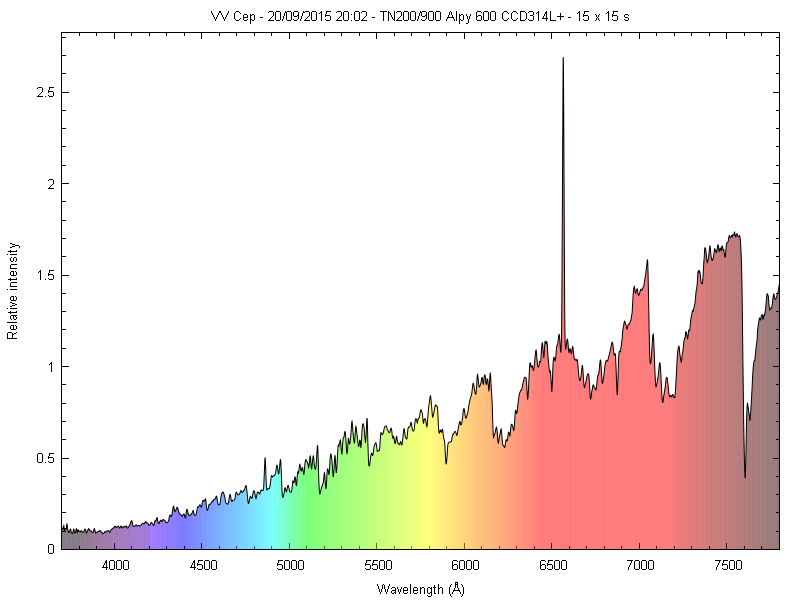Playing around Cephei with an Alpy 600 on a T200.
Clear skies !
Jean-Philippe
Bonjour, juste pour jouer avec l'alpy 600 sur un Newton 200. Bon ciel !
Alderamin
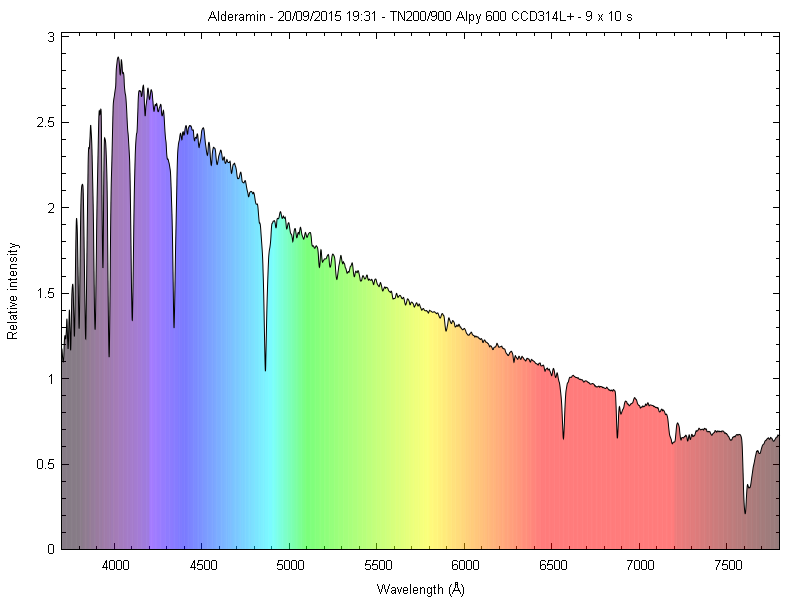
Mu Cep, supergiant, Wiliam Hershel's garnet star
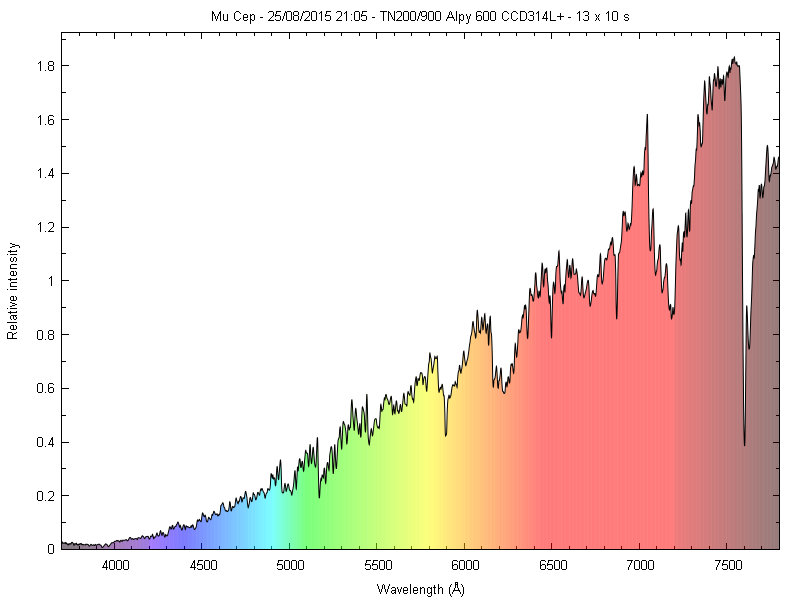
Delta Cep, classic pulsating star, varying between F5 and G3
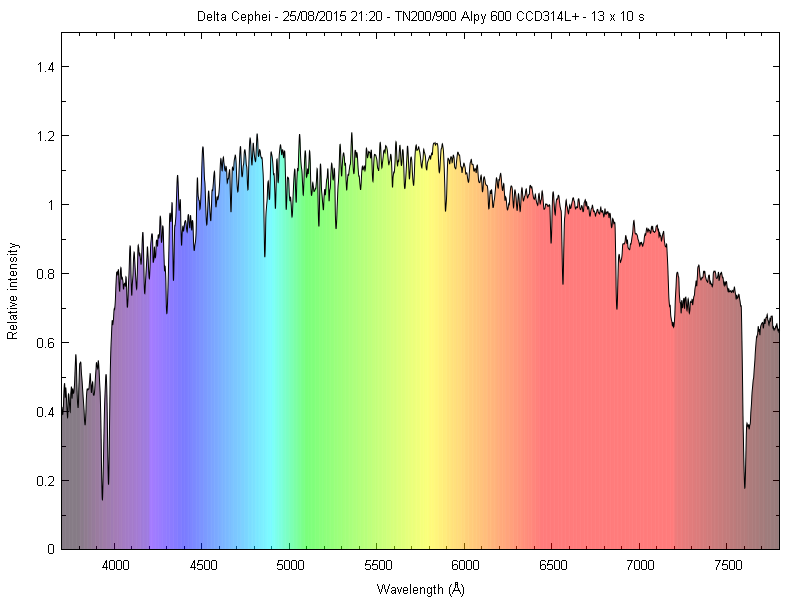
Delta Cep is a binary, its companion HD213307 is a B type
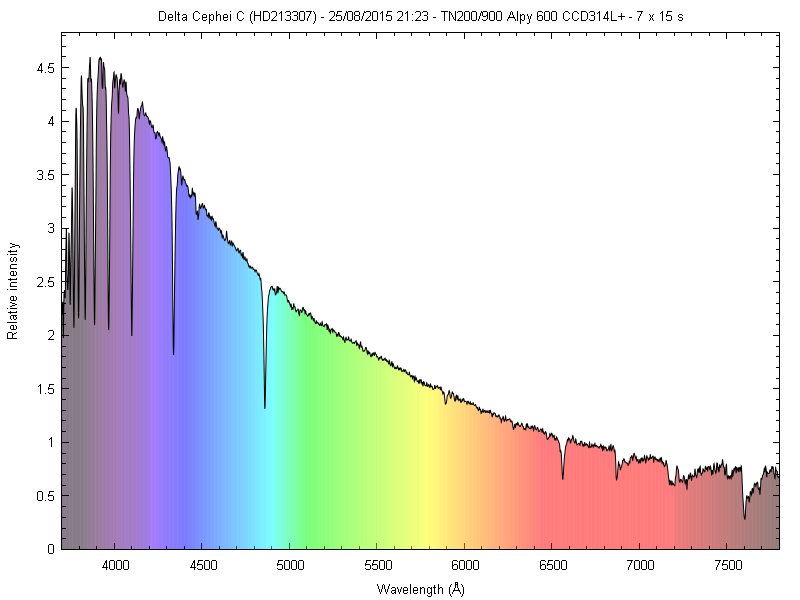
Alfirk (Beta Cep). A giant, type B1, pulsating variable
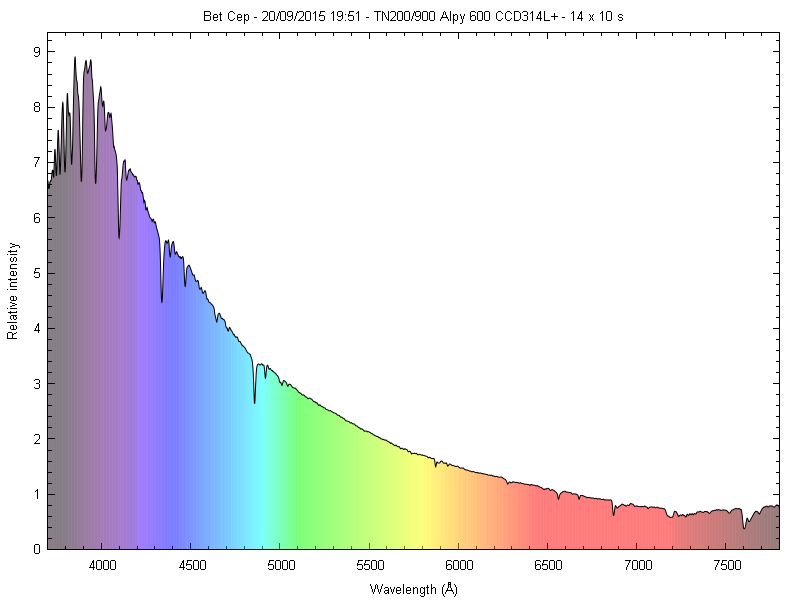
And the amazing symbiotic supergiant VV Cep
